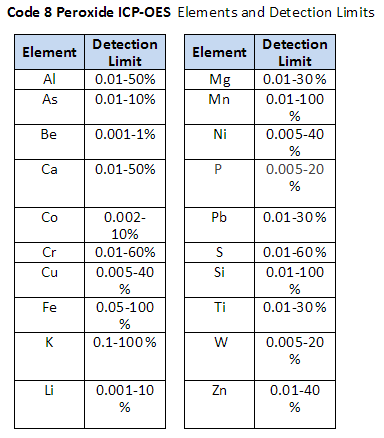If we review the Code 8-Peroxide ICP-Sodium Peroxide Fusion ICP (Sodium peroxide fusion, acid dissolution followed by ICP/OES)
This method is fine for the copper total assay. That is all that should be used for the balances of flotation tests.
If taking the copper sulphide number (Cu(s)) ie: the total copper number and subtracts the “copper oxide” assay you create a none accurate calculation/number.
Depending on the technique it partially dissolves some copper sulphides making the numbers difficult to interpret.
It is not uncommon for the Cu oxide to show about 3-5 percent even though there is only sulphides. It is okay to do a copper oxide on the feed, if it shows more than 3-5 percent there are likely some species that won’t float.
Material balancing (in laboratory flotation testing) should just go off the total copper numbers.
One must be careful, the “oxide” assay can measure some of the sulphide as oxide.
It will make you results look better than they really are.

